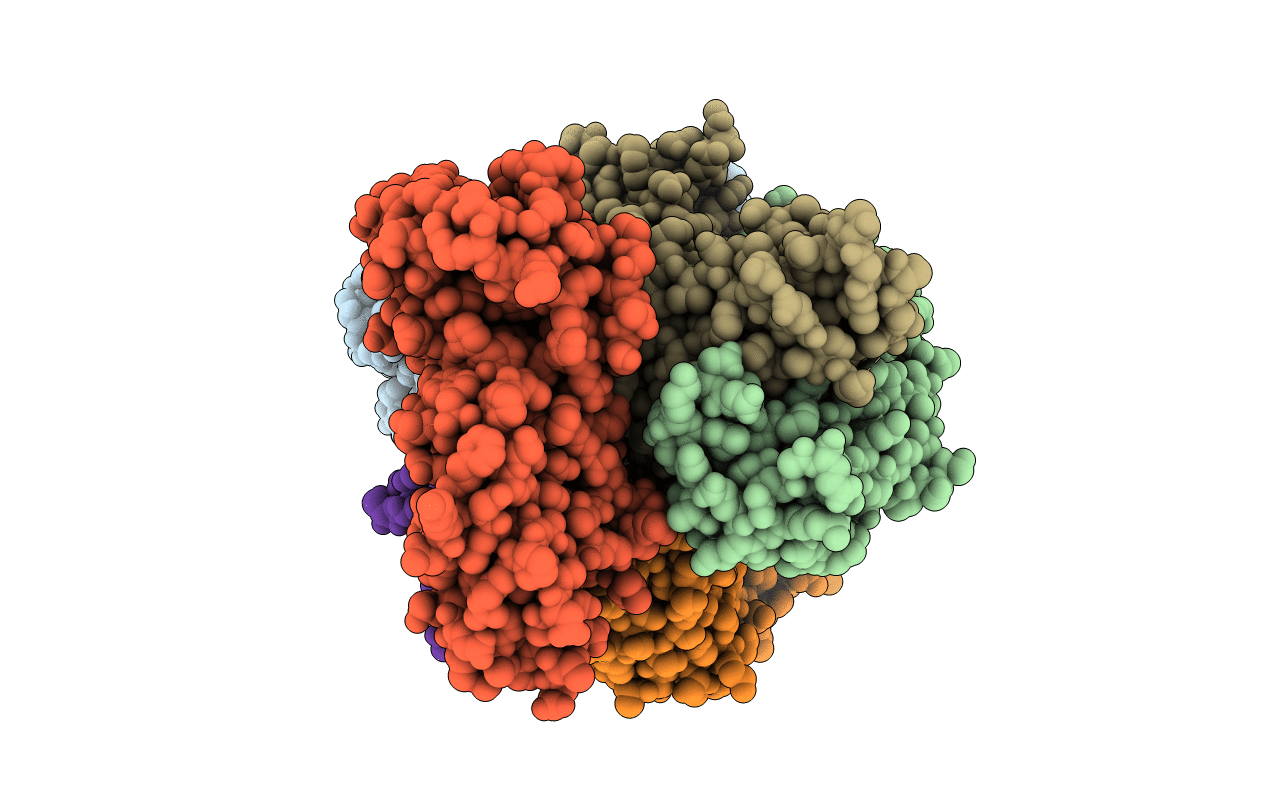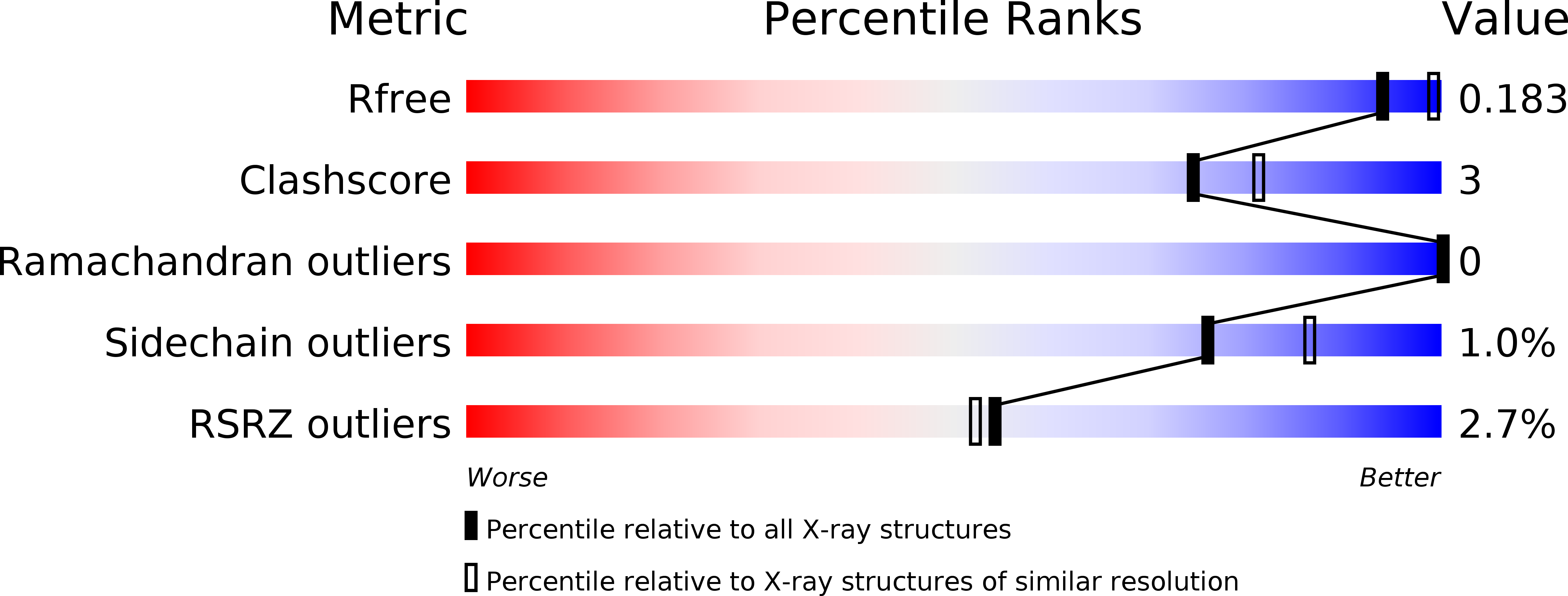
Deposition Date
2015-08-18
Release Date
2016-02-10
Last Version Date
2024-11-06
Entry Detail
PDB ID:
5D93
Keywords:
Title:
Oxidoreductase Fragment of Mouse QSOX1 in Complex with a FAb Fragment from a Mouse QSOX1-Specific Antibody
Biological Source:
Source Organism:
Mus musculus (Taxon ID: 10090)
Host Organism:
Method Details:
Experimental Method:
Resolution:
2.20 Å
R-Value Free:
0.23
R-Value Work:
0.17
R-Value Observed:
0.17
Space Group:
P 21 21 21


